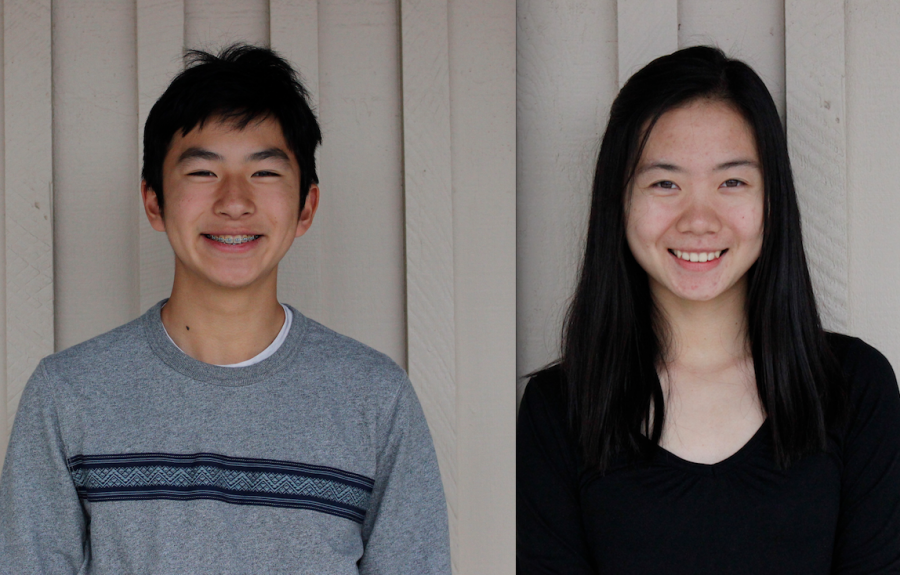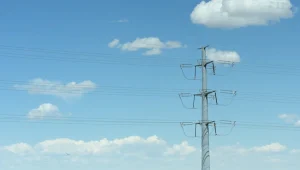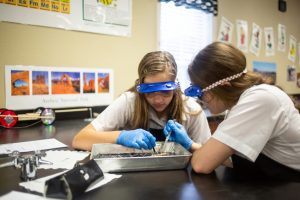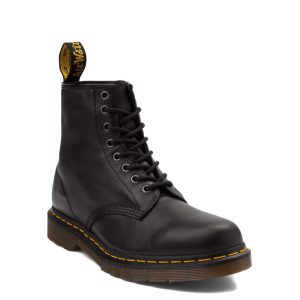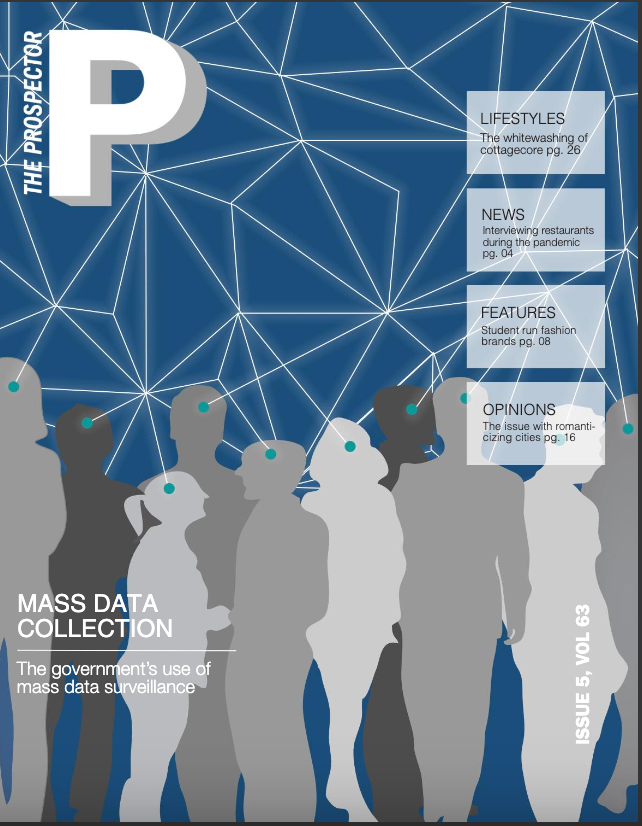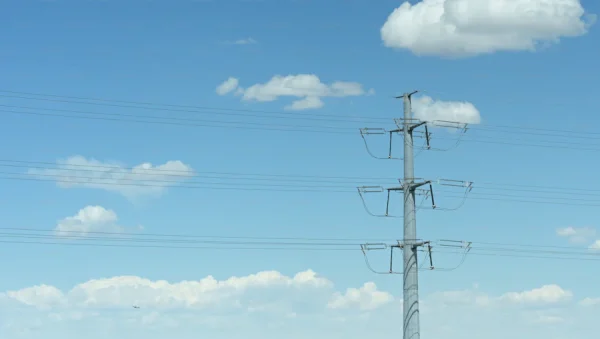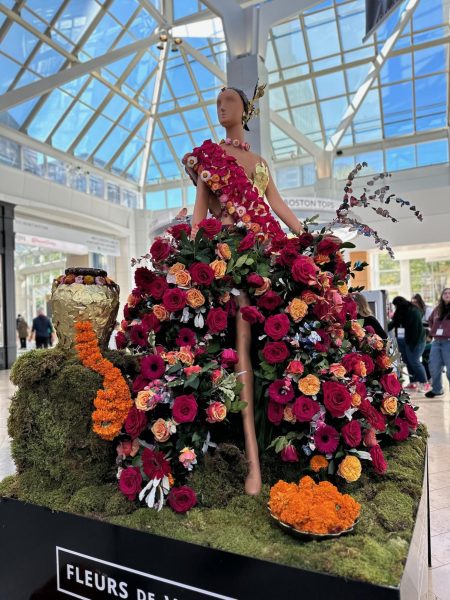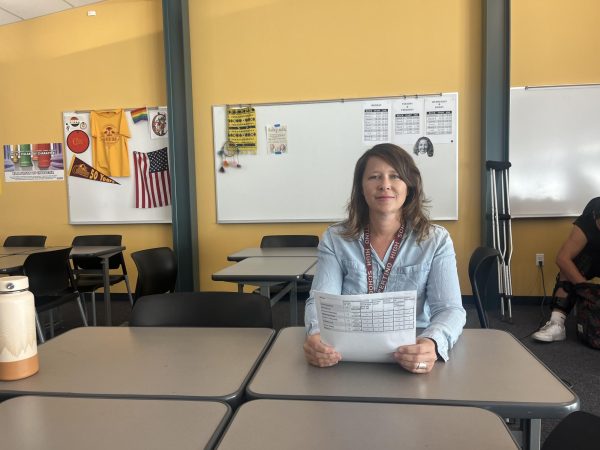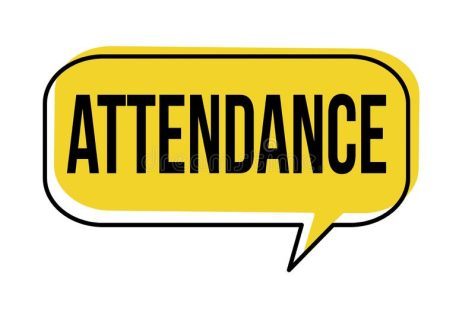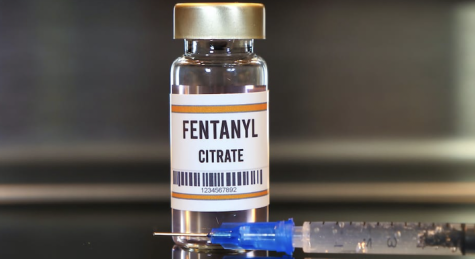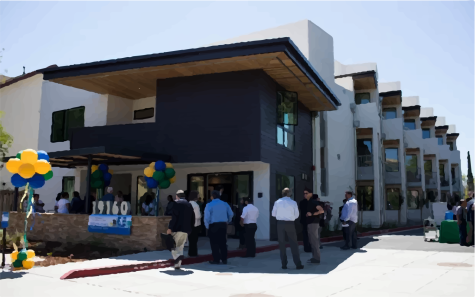Kelly Ho and Ethan Hsiao are Siemens Finalists
November 3, 2017
Every year, thousands of high school students passionate about science submit graduate-level research papers to the prestigious Siemens Competition. This year, 491 students were recognized as semifinalists and 101 have been selected as regional finalists to proceed to the regional level competition. This year, two of these regional finalists are from Cupertino High School: junior Ethan Hsiao and senior Kelly Ho. They worked on technical research in nanotechnology and astronomy, respectively.
Kelly Ho is a senior at Cupertino High School and current vice president of the STEM Club. had already won awards at the Synopsys Science Fair prior to the Siemens Competition this year. Her submission from the Synopsys Fair last year, titled Role of Olfactory Cues in the Detection of California Mussels by the Nucella Emarginata, won an honorable mention in the upper division biology category. This year, she and her partner from Monta Vista worked on a project that involved an entirely different field of study: astronomy.
Said Ho, “My partner and I developed a new method to estimate stars that are like the sun, called ‘solar type stars’. We used an explorer in space called the Galaxy Evolution Explorer (GALEX). We took far ultra-light magnitudes (brightness) data to create an equation, which can then be used as model to determine the age of solar type stars. Currently, methods used for this type of research is quite expensive and time consuming. With our new method, we can analyze a lot more stars than there are [documented ages] for.”
The reasoning behind their research is simple: by analyzing stars similar to the Sun, astronomers would gain a better understanding of our own Sun. Said Ho, “This is important for astronomy in general, since we want to know more about the sun’s past, present and future. By comparing stars that are like the sun, astronomers would be able to find common characteristics between all solar type stars.”
Like many others, Ethan Hsiao enjoys computer science. Last year, he also competed in the Synopsys Science Fair, where he presented his research on sophisticated computer algorithms to determine hotspots for malaria. However, his Siemens submission deals with what computers are made of rather than what they can accomplish.
Over the summer, him and his partner from Lynbrook High School experimented with the chemical compound molybdenum trioxide with the hopes of finding a replacement for conventional silicon based transistors. “For some background info, [molybdenum disulfide] is a 2D semiconductor material, which is important because silicon has size limitations. Because MoS2 crystals are 2D we think they are a potential replacement for silicon in nanotech. ”
Hsiao and his partner worked in a professional setting to ensure the successful completion of their project. “We found a lab which has a focus on 2D materials and we used their facilities to conduct our experiments.”
Without a doubt, their research was difficult to conduct and they hit many roadblocks along the way. Hsiao elaborated, “The hardest part was conducting these because for the majority of the time, most of our tests were insignificant or had some impurity. For instance, at one point we discovered an anomalous wire structure in MoS2 with unique optical properties, but it turned out to be the result of water impurities.”
Both Hsiao and Ho have plans to continue their research after the competition despite the outcome. Said Ho, “In the future, we will be collaborating with the professor we worked with to publish our research.” Hsiao would like to look into testing the application of his research. “We’ll hopefully be able to test [our technology] in transistors in the future.”
In the upcoming weeks, both Ethan Hsiao and Kelly Ho will be competing in the regional finals. Top projects from this level will advance to national finals and compete at George Washington University in early December, vying for scholarships from a pool of $500,000.









